FUEL INJECTORS
Fuel injectors are a key component in delivering the right amount of gasoline to the combustion chamber. Poor fuel injector performance results in hard starts, power loss, rough idling, reduced fuel economy and increased emissions.
LEARN MORECarbon Buildup
Fuel injectors increase fuel efficiency and engine response times by delivering a fine mist of fuel right at the engine’s intake valves. This allows fuel to burn more easily, increasing the engine’s response times while reducing the amount of fuel used.
Port fuel injectors spray fuel in the intake port area where it flows past the intake valve into the combustion chamber.
Direct injectors have the tip positioned directly in the combustion chamber and spray fuel into the combustion chamber, bypassing the intake valve. This design allows the engine to have even better fuel economy.
Carbon deposits can clog fuel injectors, turning the fuel pattern into a stream instead of a mist. As a result, less fuel is delivered to the combustion chamber and the fuel that does enter the chamber burns less efficiently.
Port fuel injectors can be cleaned using a detergent called PIBA (polyisobutylene-amine). But GDI/direct injectors are harder to clean. They require P.E.A. (polyether-amine), a specialized detergent that’s strong enough to survive the heat of a combustion chamber. Check individual product details for detergents used. Port fuel injectors spray fuel in the intake port area where it flows past the intake valve into the combustion chamber. Direct injectors have the tip positioned directly in the combustion chamber and spray fuel into the combustion chamber by-passing the intake valve. This design allows the engine to have even better fuel economy.
 Clogged Fuel Injector
Clogged Fuel Injector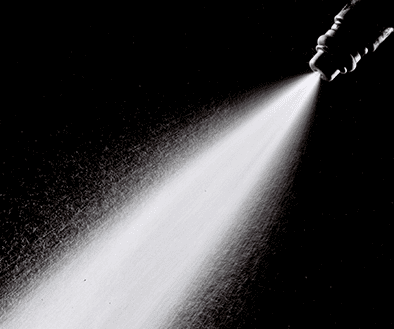 Clean Fuel Injector
Clean Fuel InjectorPerformance Issues
Hard starts, power loss, rough idle, slow acceleration, lower fuel economy, increased emissions.
Solution
Gumout® fuel additives use a variety of detergents to fight carbon buildup in fuel injectors. These detergents bond to carbon particles on injectors and disperse them to restore performance. They also bond to the surface of the nozzle, helping prevent further carbon buildup.
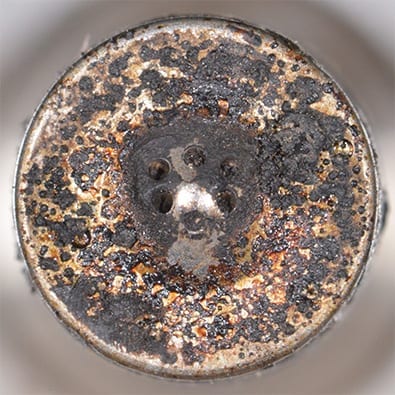 Clogged injector with poor fuel dispersion
Clogged injector with poor fuel dispersion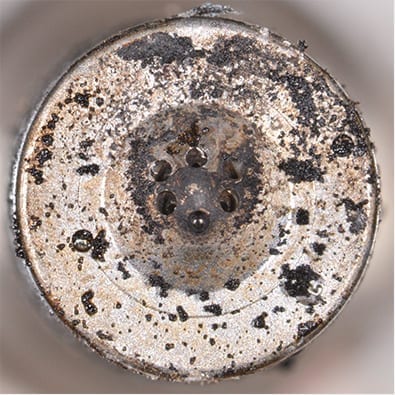 Injector after one treatment with Gumout® One-N-Done Complete Fuel System Cleaner
Injector after one treatment with Gumout® One-N-Done Complete Fuel System Cleaner




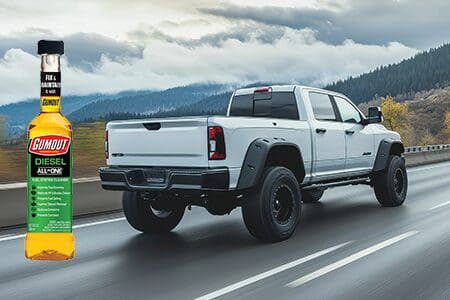


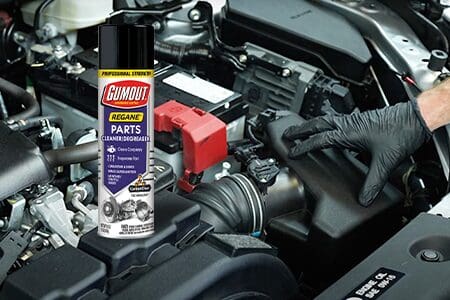
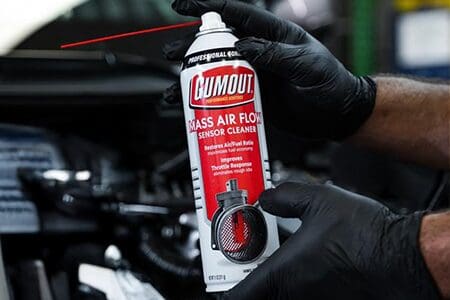


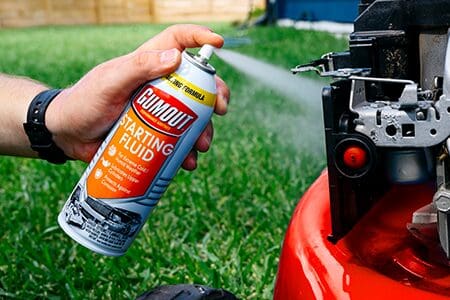


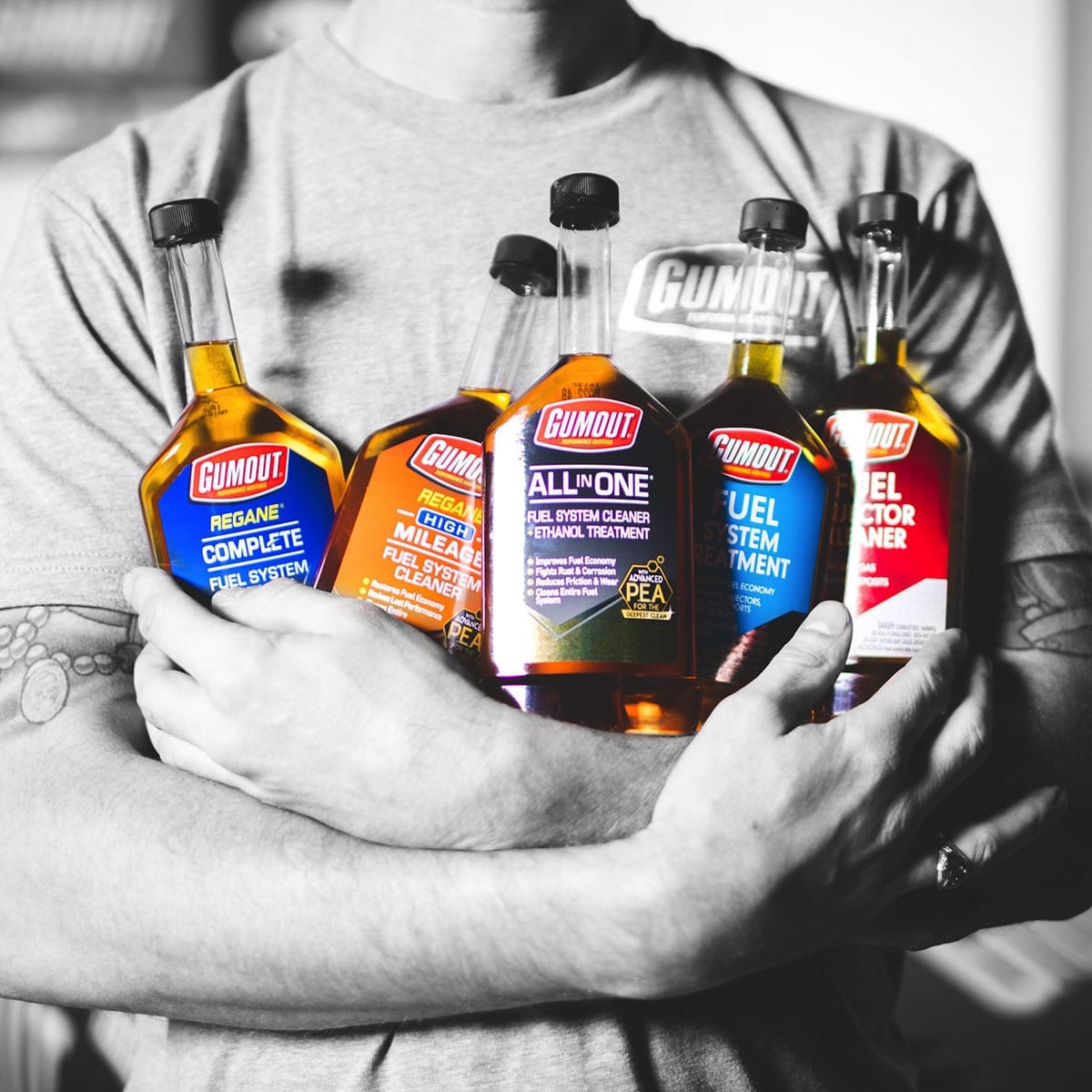
 ENGINE PROBLEMS
ENGINE PROBLEMS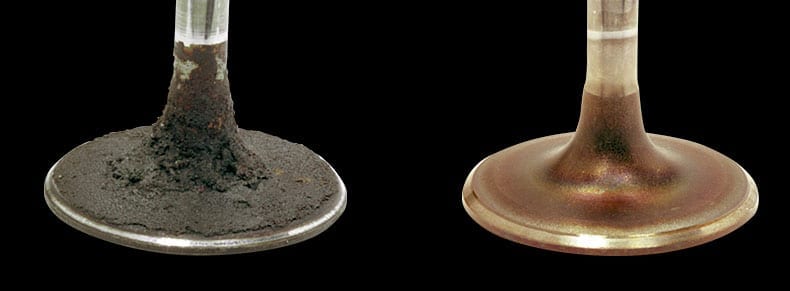
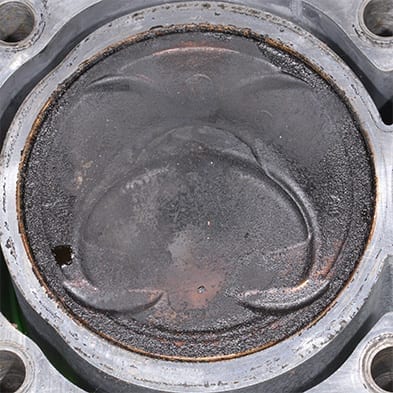 Piston top with carbon deposits
Piston top with carbon deposits Piston top treated with Gumout® One-N-Done Complete Fuel System Cleaner
Piston top treated with Gumout® One-N-Done Complete Fuel System Cleaner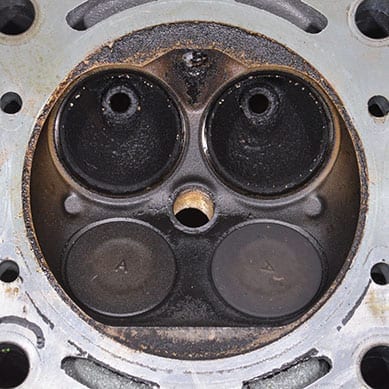 Cylinder heads (left) with deposits
Cylinder heads (left) with deposits Cylinder heads (right) after Gumout® One-N-Done Complete Fuel System Cleaner
Cylinder heads (right) after Gumout® One-N-Done Complete Fuel System Cleaner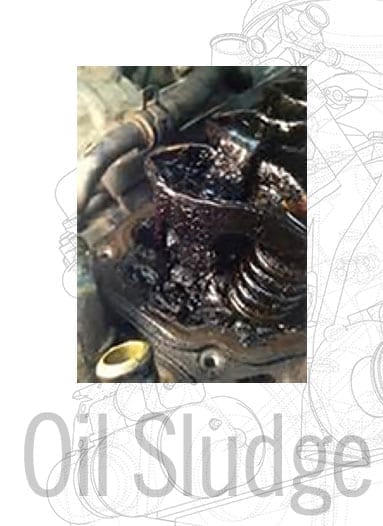 Oil Sludge Buildup – Before
Oil Sludge Buildup – Before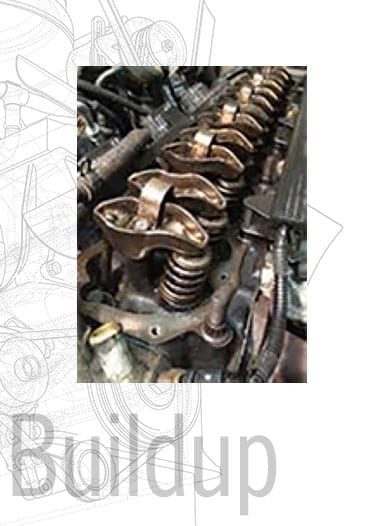 Oil Sludge Buildup – After
Oil Sludge Buildup – After